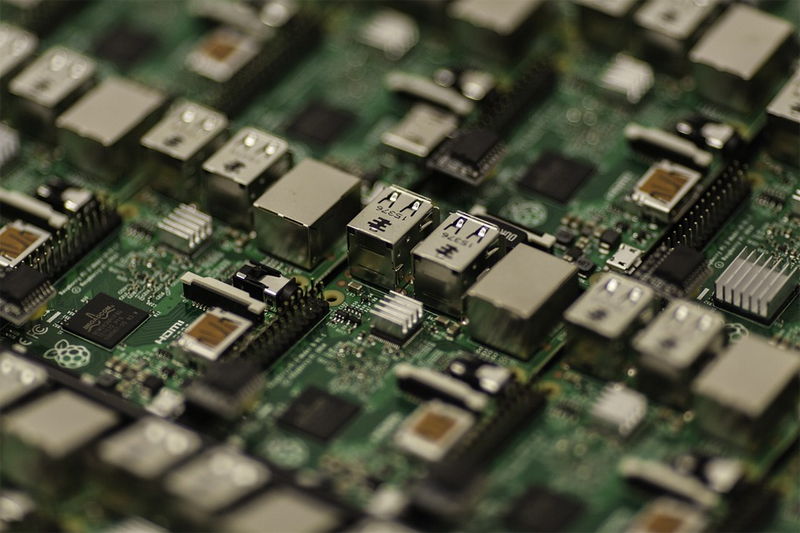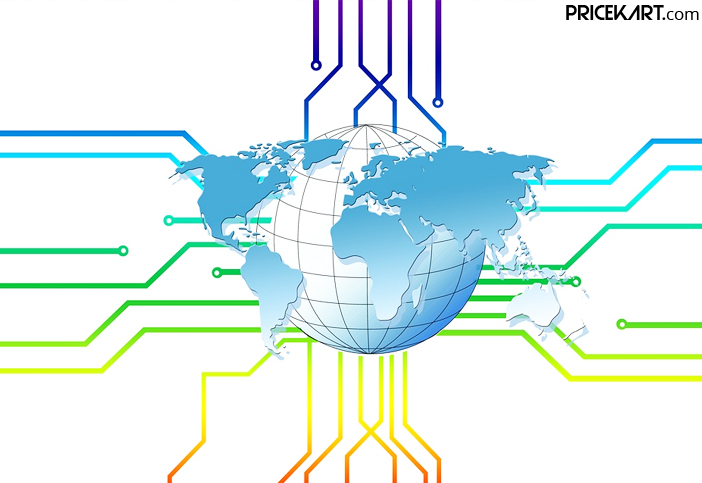One of the most fundamental issues to consider when designing a PCB (printed circuit board) is how many wiring layers, ground planes, and power planes are required to implement the functions required by the circuit, while the wiring layers, ground planes, and power supplies of the printed circuit board The determination of the number of layers in the plane is related to circuit function, signal integrity, EMI, EMC, manufacturing cost and the like. For most designs, there are many conflicting requirements for PCB performance requirements, target cost, manufacturing technology, and system complexity. PCB stack design is usually determined by considering various factors. High-speed digital circuits and beard circuits are usually designed in a multi-layer board.
The following are the eight principles to be aware of in a cascading design:
-
Split layer
In a multilayer PCB, a signal layer (S), a power (P) plane, and a ground (GND) plane are usually included. The power plane and ground plane are typically undivided solid planes that provide a good low impedance current return path for the current of adjacent signal traces. The signal layer is mostly located between these power or ground reference plane layers, forming a symmetrical stripline or an asymmetric stripline. The top and bottom layers of a multilayer PCB are typically used to place components and a small number of traces. These signal traces are not required to be too long to reduce direct radiation from the traces.
-
Determine the single power reference plane (power plane)
The use of decoupling capacitors is an important measure to address power integrity. Decoupling capacitors can only be placed on the top and bottom layers of the PCB. The traces, pads, and vias of the decoupling capacitors will seriously affect the effect of the decoupling capacitors. This requires that the traces connecting the decoupling capacitors should be designed to be as short and wide as possible, and the wires connected to the vias should also be Keep it as short as possible. For example, in a high-speed digital circuit, the decoupling capacitor can be placed on the top layer of the PCB, the second layer is assigned to the high-speed digital circuit (such as the processor) as the power layer, and the third layer is used as the signal layer, and the fourth layer is used. Set to high-speed digital circuit ground.
In addition, try to ensure that the signal traces driven by the same high-speed digital device use the same power plane as the reference plane, and this power plane is the power supply layer of the high-speed digital device.
-
Determine the multi-power reference plane
The multi-supply reference plane will be split into several physical regions with different voltages. If the signal layer is close to the multi-power plane, the signal current on the signal layer in the vicinity will encounter an undesired return path, causing a gap in the return path. For high-speed digital signals, this unreasonable return path design can cause serious problems, so the high-speed digital signal routing should be kept away from multiple power reference planes.

-
Determine multiple ground reference planes (ground planes)
Multiple ground reference planes (ground planes) provide a good low impedance current return path that reduces common mode EM1. The ground plane and power plane should be tightly coupled and the signal plane should be tightly coupled to the adjacent reference plane. This can be achieved by reducing the thickness of the medium between the layers.
-
Reasonable design of wiring combination
The two layers spanned by one signal path are called a “wiring combination.” The best combination of wiring design is to avoid return current flowing from one reference plane to another, but from one point (face) of one reference plane to another (face). In order to complete complex wiring, the interlayer conversion of the traces is inevitable. When switching between signal layers, ensure that the return current can smoothly flow from one reference plane to another. In design, it is reasonable to use adjacent layers as a wiring combination. If a signal path needs to span multiple layers, it is usually not a reasonable design to use it as a wiring combination because a multi-layered path is not smooth for return current. Although it is possible to reduce the ground bounce by placing a decoupling capacitor near the via hole or reducing the thickness of the medium between the reference planes, it is not a good design.
-
Set the wiring direction
On the same signal layer, it should be ensured that the direction of most of the wiring is uniform and should be orthogonal to the wiring direction of adjacent signal layers. For example, the routing direction of one signal layer can be set to the “Y-axis” direction, and the direction of the wiring of another adjacent signal layer can be set to the “X-axis” direction.
-
Use even layer structure
From the designed PCB stack, it can be found that the classic laminate design is almost all even layers, rather than odd layers, which is caused by a variety of factors, as shown below.
- It can be understood from the manufacturing process of the printed circuit board that all the conductive layers in the circuit board are saved on the core layer, and the material of the core layer is generally a double-sided cladding board, and the conductive layer of the printed circuit board is used when the core layer is fully utilized. The number is even.
- Even-layer printed circuit boards have a cost advantage. Because of the small amount of dielectric and copper, the cost of odd-numbered printed circuit board raw materials is slightly lower than the cost of even-numbered printed circuit boards. However, because the odd-numbered printed circuit boards need to add a non-standard laminated core bonding process based on the core layer structure process, the processing cost of the odd-numbered printed circuit boards is significantly higher than that of the even-numbered printed circuit boards. Compared with the ordinary core structure, the addition of copper outside the core structure will result in a decrease in production efficiency and an extended production cycle. Prior to lamination bonding, the outer core layer requires additional processing, which increases the risk of scratches and false etching of the outer layer. Increased outer processing will significantly increase manufacturing costs.
- When the printed circuit board is bonded to the multilayer circuit, the inner and outer layers are cooled, and different lamination tensions cause different degrees of bending on the printed circuit board. Moreover, as the thickness of the board increases, the risk of bending a composite printed circuit board having two different structures is greater. Odd-numbered circuit boards are easy to bend, and even-numbered printed circuit boards can avoid board bending.
At the time of design, if a stack of odd layers appears, the following method can be used to increase the number of layers.
- If the power layer of the printed circuit board is designed to be even and the signal layer is odd, a method of adding a signal layer can be employed. The increased signal layer does not lead to an increase in cost but can shorten the processing time and improve the quality of the printed circuit board.
- If the power layer of the printed circuit board is designed to be odd and the signal layer is even, then the method of adding a power layer can be used. Another simple method is to add a ground plane in the middle of the stack without changing other settings, that is, first print the board layout in odd layers and then copy a ground plane in the middle.
- In microwave circuits and mixed media (medium with different dielectric constants) circuits, a blank signal layer can be added near the centre of the printed circuit board stack, which minimizes stacking imbalance.
-
Cost considerations
In terms of manufacturing cost, in the case of having the same PCB area, the cost of the multilayer circuit board is certainly higher than that of the single-layer and double-layer circuit boards, and the more the number of layers, the higher the cost. However, when considering factors such as circuit function and board miniaturization, and ensuring signal integrity, EMl, EMC and other performance indicators, multi-layer boards should be used. Overall, the cost difference between a multilayer board and a single-layer board is not much higher than expected.



